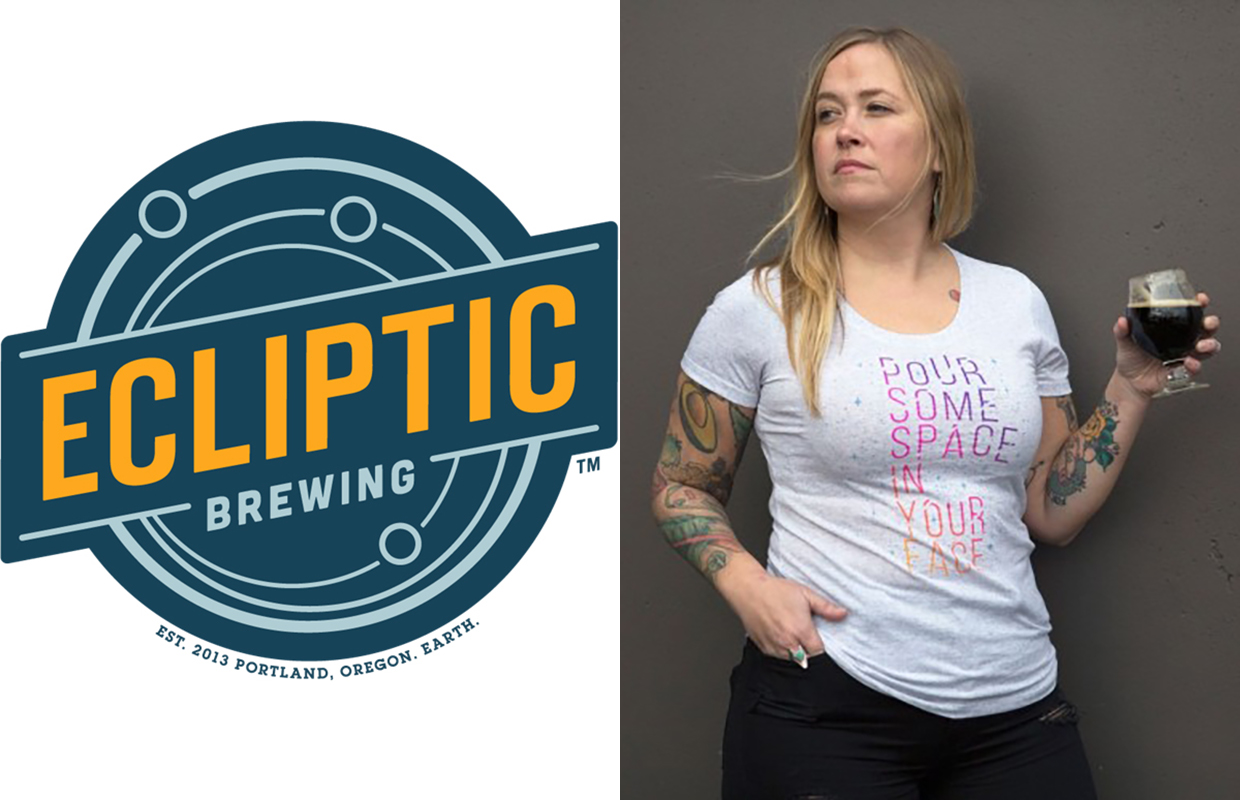
The motivation for starting a spirits line was simple for New Realm Brewing, Head Distiller Kevin Ford said.
“New Realm saw the potential for having events on site, and in the drinking climate of 2023 if you can’t serve someone a beverage that’s gluten free or something other than beer, you’re limiting yourself,” Ford told Brewer Magazine.
Up until now New Realm — which has a spirits line that includes whiskey and gin, including two small batch gins slated for recent release — has served its non-beer products only in its taprooms. But that’s set to change soon, with New Realm preparing to launch into full distribution in the next few months, Ford said.
Is creating a spirits line the right thing for your brewery? There are a few things to consider before you take the plunge.
Making the investment
Some breweries that decide to get into spirits will cut corners to get there, but that was not the approach New Realm took, hiring Ford, a devoted distiller by trade.
“We’re seeing a lot of companies that are trying to provide a lot of variety and there are different ways to go about it,” Ford said. “We weren’t going to sacrifice any of our core values as a company and production company, and bringing me on board was a big part of that. We didn’t want to just buy product from another distillery and slap our label on it.
“We wanted to do this the same way we do our beer, with high quality ingredients and practices.”
As they expanded, they devoted more of their production facility to liquor.
“We started producing the product on site and we added a still in Atlanta,” Ford said. “We sacrificed a private dinner room and made it a full still house where we produce our bourbons and single malts.”
Ford stressed the importance of making sure you’re prepared to do it well enough to add to your brand rather than detract from it.
“If you can do something that’s representative of the quality your original brand offers, it will only add to your identity,” he said. “Of course, being a distiller, I may be biased.”
Learning the rules
Contrary to what you might think, making the liquor itself isn’t the toughest part of adding a distillery to your brand.
“There’s been a big learning curve,” Ford said. “For the past 4-5 years our people have been learning everything about beer from finance to production. But from state to state, and with licensing, spirits just have a ton of diversity [regulations-wise] and that’s been much of the time suck. Not making the whiskey — that we can do no problem.”
Keeping an Open Mind
One of the most beautiful things in the industry, Ford said, is the crossover from beer to wine to spirits and the potential to learn things that make each product better.
Having open conversations between brewers and distillers is a great way to spawn some “beautiful products,” he said.
“We have a barrel that we use from Vienna to make a Single Malt Whiskey and a yeast that helps us get big banana notes — if you crack the barrel open a few months in, it smells like a banana dipped in peanut butter,” Ford said. “This isn’t about beer or whiskey, this is about yeast and how you can stretch it to do something it hasn’t done before. You’re not trying to reinvent the wheel, you’re just trying to bring that wheel to the public in a very delicious way.”





Be the first to comment